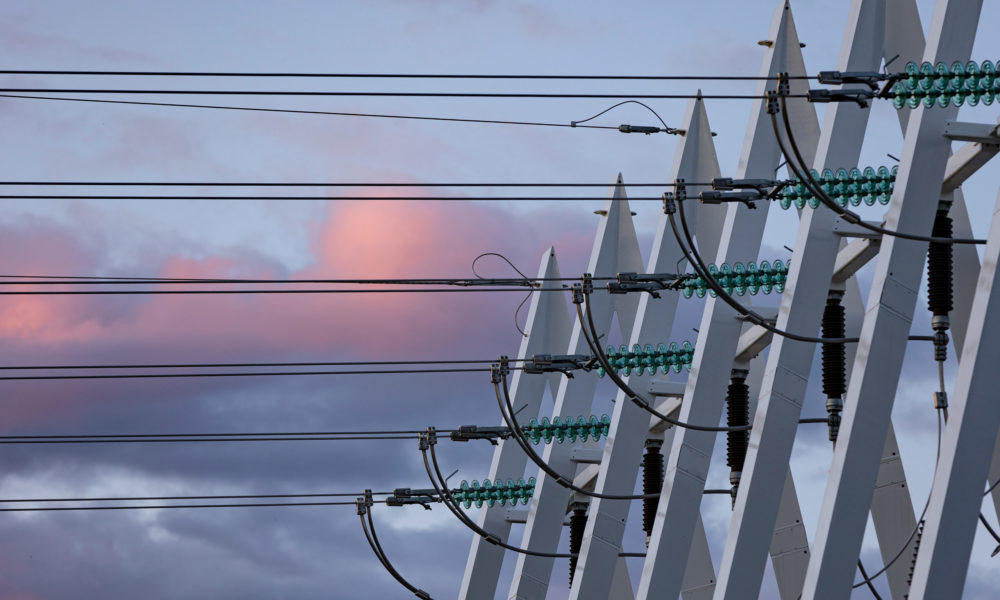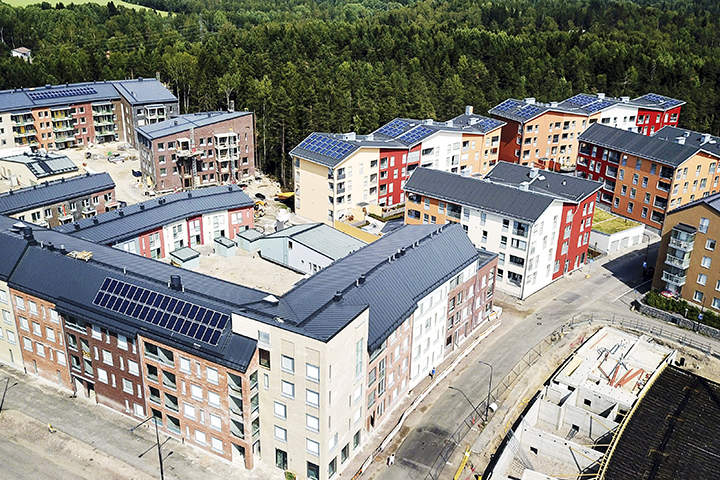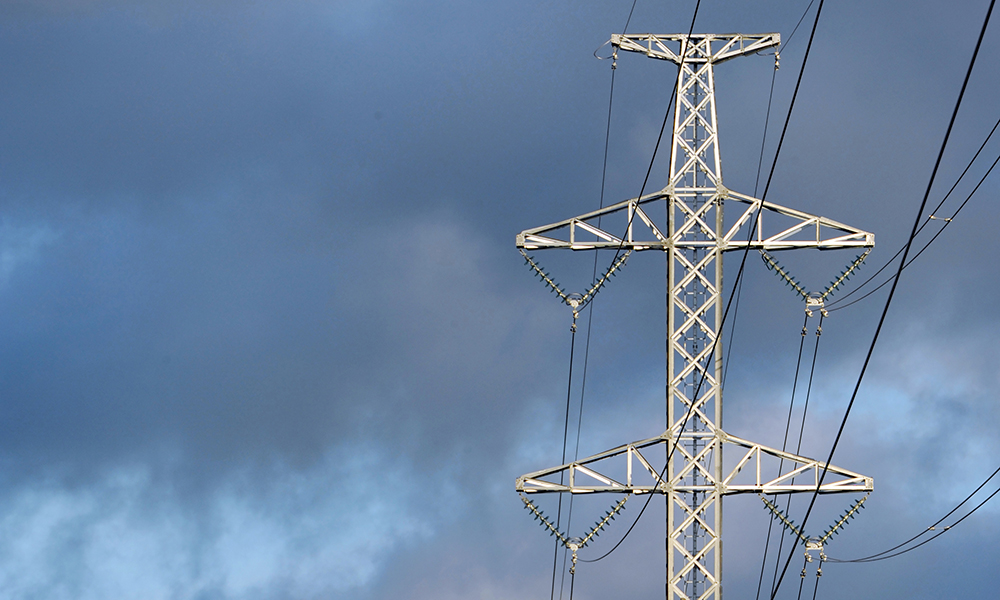
Information on environmental sites on the network map
Fingrid’s network map now contains information about environmental sites that must be taken into consideration when power lines are planned, built and maintained.

Fingrid’s network map now contains information about environmental sites that must be taken into consideration when power lines are planned, built and maintained.

Fingrid is currently responsible for arranging under-frequency control, but this responsibility will be spread more widely. In the future, distribution network operators and industrial operators connected to the transmission system will be responsible for under-frequency load shedding. These parties need to get themselves up to speed now, as all changes must be made by the end of 2022.

Fingrid instructs its stakeholders on the location of various structures in the vicinity of power lines by issuing “crossing statements” for line areas. We need builders to provide information on everything that is built above and below ground in power line areas.

Fingrid is seeking cost-effective solutions for identifying equipment faults in substations.

Fingrid’s operation planning unit is constantly producing forecasts of electricity consumption, generation and transmission to support the electricity system. As more and more electricity comes from weather-dependent generation – solar and wind power – the importance of forecasts will also grow.

Network planning requires national and international cooperation. A vital tool for this is Europe’s ten-year network development plan (TYNDP), which is drafted every two years by the European Network of Transmission System Operators for Electricity (ENTSO-E).

Finland has 1,300 megawatts of reserve power for use in the event of a disruption in electricity generation. Fingrid is responsible for ensuring the operational reliability of reserve power at all ten of its own plants and at seven leased plants. Reserve power is constantly on standby, although there are only a handful of disruptions each year, and the full power output is very rarely needed.

Fingrid’s newsletter has been revamped. We’ve combined newsletters from different services into a single publication.

Fingrid and Svenska kraftnät’s joint project to build a third cross-border electricity connection has received a grant of EUR 4.3 million for the technical evaluation phase.

The new four-year surveillance period to govern electricity grid operations will begin next year.
Fingrid Oyj
Läkkisepäntie 21
00620 Helsinki
Tel. 030 395 5267
Fingrid.fi
Cookie declaration
Privacy policy
Fingrid is Finland’s transmission system operator. We secure reliable electricity cost effectively for our customers and society, and shape the clean, market-oriented power system of the future.